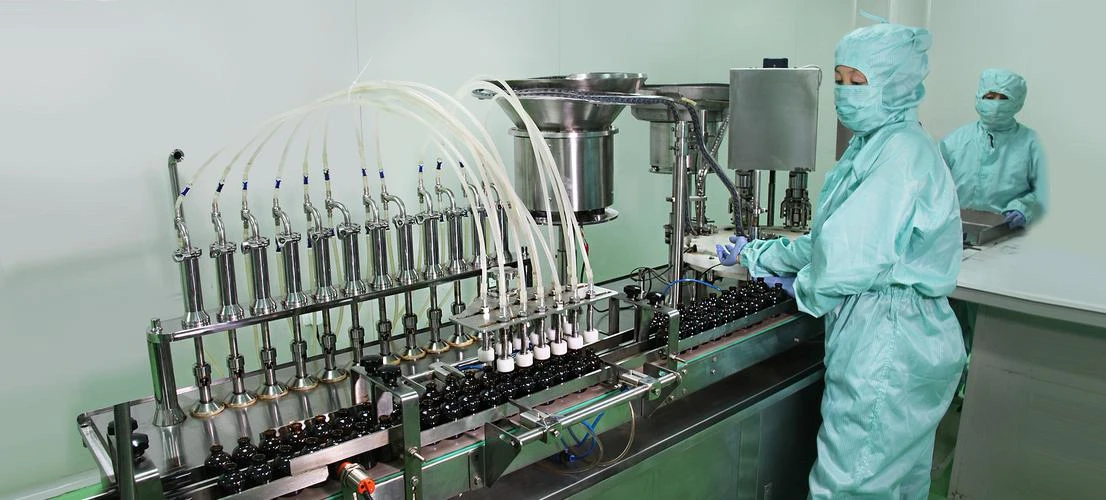- Afrikaans
- Albanian
- Amharic
- Arabic
- Armenian
- Azerbaijani
- Basque
- Belarusian
- Bengali
- Bosnian
- Bulgarian
- Catalan
- Cebuano
- Corsican
- Croatian
- Czech
- Danish
- Dutch
- English
- Esperanto
- Estonian
- Finnish
- French
- Frisian
- Galician
- Georgian
- German
- Greek
- Gujarati
- Haitian Creole
- hausa
- hawaiian
- Hebrew
- Hindi
- Miao
- Hungarian
- Icelandic
- igbo
- Indonesian
- irish
- Italian
- Japanese
- Javanese
- Kannada
- kazakh
- Khmer
- Rwandese
- Korean
- Kurdish
- Kyrgyz
- Lao
- Latin
- Latvian
- Lithuanian
- Luxembourgish
- Macedonian
- Malgashi
- Malay
- Malayalam
- Maltese
- Maori
- Marathi
- Mongolian
- Myanmar
- Nepali
- Norwegian
- Norwegian
- Occitan
- Pashto
- Persian
- Polish
- Portuguese
- Punjabi
- Romanian
- Russian
- Samoan
- Scottish Gaelic
- Serbian
- Sesotho
- Shona
- Sindhi
- Sinhala
- Slovak
- Slovenian
- Somali
- Spanish
- Sundanese
- Swahili
- Swedish
- Tagalog
- Tajik
- Tamil
- Tatar
- Telugu
- Thai
- Turkish
- Turkmen
- Ukrainian
- Urdu
- Uighur
- Uzbek
- Vietnamese
- Welsh
- Bantu
- Yiddish
- Yoruba
- Zulu
10 月 . 05, 2024 14:39 Back to list
Tylosin 50 Injection for Veterinary Use and Animal Health Benefits
Tylosin 50 Injection An Overview of Its Uses and Benefits
Tylosin 50 Injection is a widely used veterinary antibiotic, primarily utilized in the treatment and prevention of infections in livestock and poultry. Its active ingredient, tylosin tartrate, belongs to the macrolide class of antibiotics and acts by inhibiting bacterial protein synthesis, which ultimately leads to the death of susceptible bacteria. This article aims to provide an overview of Tylosin 50 Injection, discussing its applications, dosage, and potential side effects.
Applications in Veterinary Medicine
Tylosin 50 Injection is primarily employed in veterinary medicine for the treatment of respiratory, gastrointestinal, and soft tissue infections caused by various pathogens. This antibiotic is particularly effective against Gram-positive bacteria and certain Gram-negative bacteria, making it a valuable tool in managing diseases such as pneumonia, enteritis, and swine dysentery in pigs, as well as respiratory infections in poultry.
Additionally, Tylosin is increasingly being used in the control of specific diseases in other livestock species, including cattle and sheep. Its efficacy in treating polymicrobial infections, where multiple bacterial species are present, makes it a versatile option for veterinarians. Moreover, Tylosin's application in feed additives has shown promise in improving growth rates and feed conversion efficiencies in livestock, thereby enhancing overall production efficiency.
Dosage and Administration
The dosage of Tylosin 50 Injection depends largely on the species being treated and the condition being addressed. For pigs, the recommended dosage is generally 2.5 to 5 mg per kilogram of body weight, administered intramuscularly or intravenously. In poultry, a lower dosage is typically used, reflecting their smaller body size and the different pharmacokinetics of the drug.
tylosin 50 injection

It is crucial for veterinarians to follow the prescribed dosage and treatment duration to minimize the risk of antibiotic resistance. Farmers and animal handlers should ensure that Tylosin is administered in accordance with best practices, regularly monitoring the animals for any adverse reactions.
Potential Side Effects
While Tylosin is generally considered safe when used appropriately, it is not without potential side effects. Some animals may experience injection site reactions, including swelling and localized pain. In rare cases, systemic reactions such as diarrhea, vomiting, or allergic reactions may occur. It is vital for animal health professionals to remain vigilant for these symptoms and to report any adverse reactions to the manufacturer or local veterinary authority.
Moreover, the development of antibiotic resistance is a growing concern in veterinary medicine. Using Tylosin judiciously, and only when necessary, can help mitigate this risk. Responsible use includes adhering to withdrawal periods before animals are sent to slaughter to ensure that antibiotic residues do not enter the food supply.
Conclusion
Tylosin 50 Injection is a potent antibiotic that plays a crucial role in the health management of livestock and poultry. Its effectiveness in treating bacterial infections, along with its application in promoting growth, underscores its significance in veterinary practices. However, responsible usage and vigilance against potential side effects are essential to ensure the well-being of animals and the safety of the food supply. As veterinary medicine continues to evolve, Tylosin remains a key player in the fight against bacterial infections in livestock.
-
The Power of Radix Isatidis Extract for Your Health and Wellness
NewsOct.29,2024
-
Neomycin Sulfate Soluble Powder: A Versatile Solution for Pet Health
NewsOct.29,2024
-
Lincomycin Hydrochloride Soluble Powder – The Essential Solution
NewsOct.29,2024
-
Garamycin Gentamicin Sulfate for Effective Infection Control
NewsOct.29,2024
-
Doxycycline Hyclate Soluble Powder: Your Antibiotic Needs
NewsOct.29,2024
-
Tilmicosin Premix: The Ultimate Solution for Poultry Health
NewsOct.29,2024













